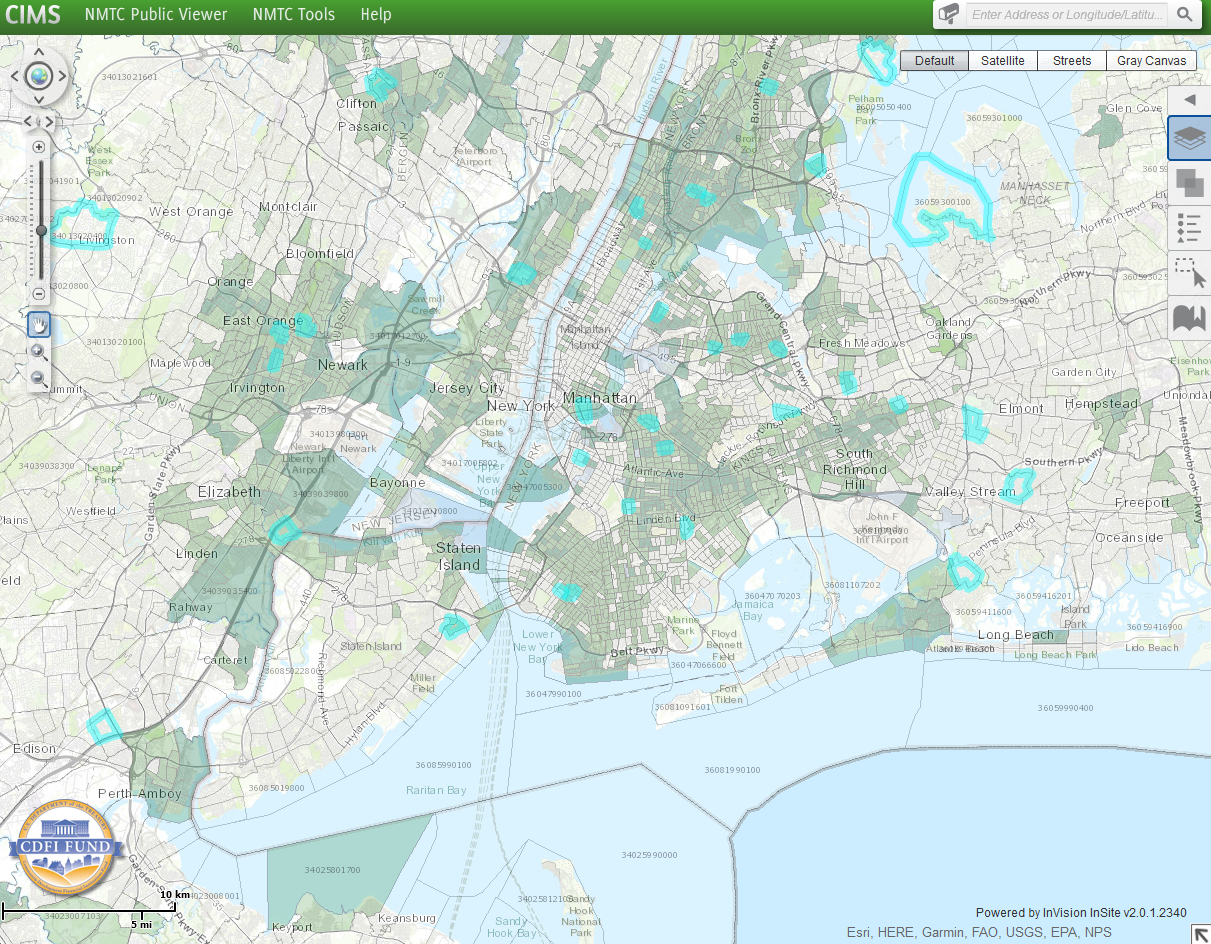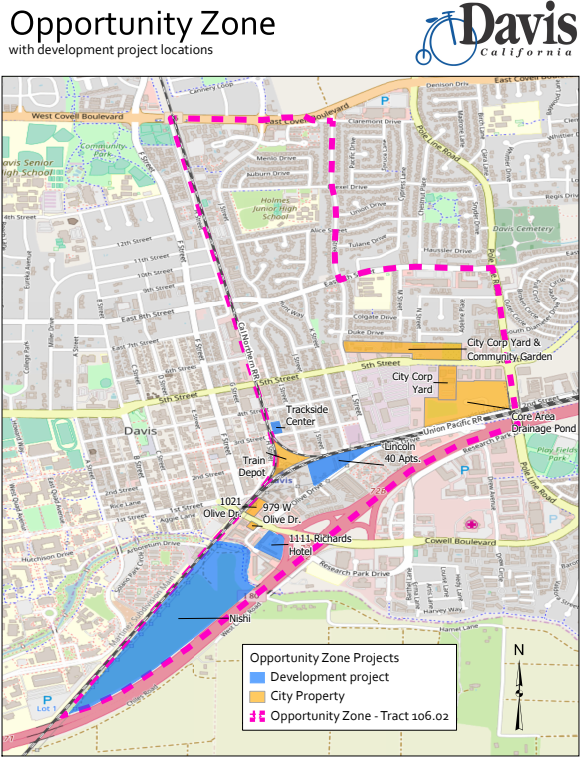Imagine, if you will, an area of potential investment
There is another dimension to the federal tax code. It is a new dimension with economic incentives to promote redevelopment in distressed communities. Developers, investors, and consultants: your next stop is, The Opportunity Zone.
The Treasury Department and the IRS are currently working on final regulations for a new economic development tool called “Opportunity Zones.”
At an IRS hearing in mid-February, developers and investors asked for more clarity regarding the time frame for deploying capital, investment requirements, and what types of projects would qualify as economic development, according to articles in Forbes and Bisnow. The program is gearing up, and it has the potential to bring billions of dollars to community reinvestment projects.
The Opportunity Zone program was created by the Tax Cuts and Jobs Act of 2017, and aims to spur economic development in disadvantaged areas by allowing investors to reduce and delay their capital gains payments.
“The law permits an investor to roll over capital gains — proceeds from the sale of stocks or a home, for instance — into an opportunity-zone fund. The fund can then put the money in a zone by investing in, say, a condo project or affordable-housing units,” according to The New York Times. “An investor who keeps money in such a fund for 10 years is able to exclude 15 percent of the original capital gain from taxation. And — potentially much more lucratively — the investor would not owe taxes on any gains that accrued if the investment increased in value in that time.”

The Treasury Department offers an interactive map to view Opportunity Zones around the nation.
Opportunity Zones can be found in every state, though investors and developers do not need to live in the project area. The Treasury Department has published maps and lists of the 8,700 designated Qualified Opportunity Zones.
The funding for development and revitalization projects will come from Qualified Opportunity Funds. These will range in size from modest (hundreds of thousands of dollars) to mammoth (billions of dollars), and the National Council of State Housing Agencies is tracking a list of these funds.
A detailed story in Governing magazine describes the exciting possibilities and potential pitfalls of Opportunity Zones. It notes that the program does not require a certain number of local employees to be hired (like Empowerment Zones). Also, the current regulations require that 50 percent of a business’s income must come from sales inside the zone. There is also debate about the locations of Opportunity Zones: residential versus commercial tracts, and “superstar” cities versus smaller markets.
According to the article, “Many potential investors are looking to the Treasury right now to finalize the rules governing the program. ‘Investors are champing at the bit to invest in opportunity zones,’ says Rebecca Mitich, a partner with Husch Blackwell, a law firm that specializes in using tax credits to develop real estate. ‘There are huge New York private equity funds and giant fund managers who are ready to go but still want additional guidance to proceed.’”
IMS is tracking this new development incentive tool. Already, cities and states have issued Requests for Proposals for land use analysis, developer outreach, and infrastructure planning. Development opportunities are included in the range of public-sector projects that IMS covers for the A/E/C industry via in-depth research, daily project leads from RFPs and RFQs, and Advanced Notice information on upcoming opportunities. Some recent projects that IMS has covered for its clients include:
* In Massachusetts, IMS published an Advance Notice in January 2019 to tell clients the Town of Orange may be seeking a consultant to perform Opportunity Zone planning services to recommend areas for development (IMS 456580).

There are Qualified Opportunity Zones in all 50 states, including each of the five boroughs of New York City. (Source: Lukas Kloeppel, Pexel)
* The State of Utah released an RFP in November 2018 for a consultant to perform Opportunity Zone planning for rural economic development directors and rural stakeholders to ensure capital from Opportunity Funds are targeted to rural and underserved communities throughout the state (IMS 448648).
* The City of San Antonio, Texas, issued an RFP in January 2019 for a consultant to assist with preparing the Near West San Antonio Opportunity Zone Strategic Plan. The plan will identify investment opportunities and strategies related to development projects, including housing and real estate development (IMS 454593).
* The City of Long Beach, Calif., released an RFP in October 2018 for as-needed real estate financial analysis services, including a review of Opportunity Zones (IMS 445480).
* The Rhode Island Commerce Corporation issued an RFP in October 2018 for expert advice and implementation assistance for strategic planning and formation of systems and infrastructure that will encourage the development of Opportunity Funds and other aspects of the Opportunity Zones program in Rhode Island (IMS 444680).
* The County of Dutchess, N.Y., released an RFP in September 2018 to assist with identifying buildings/properties within census-designated Opportunity Zones whose preservation and/or redevelopment is critical to the municipality’s history and would be a catalyst for the revitalization of the surrounding area (IMS 442781).

Many public agencies see the possibility of new business investments and economic growth through Opportunity Zones. Cities and states are spotlighting their designated census tracts, in search of projects to benefit a community. The City of Davis, for example, is home to one of California’s 879 zones.
“This new Opportunity Zone may be of interest to those within the zone interested in soliciting funding from a new incentivized, targeted source of investors; or those considering investing in new business ventures, property or new or expanding businesses needing funding support,” the City noted. “The City values receiving this Opportunity Zone designation and targeted investments that may provide benefit to the community.”
Opportunity Zones are on track to bring billions of dollars to development projects in distressed areas. It is a tool for investors, and an opportunity for developers and the A/E/C industry to support community reinvestment projects.

